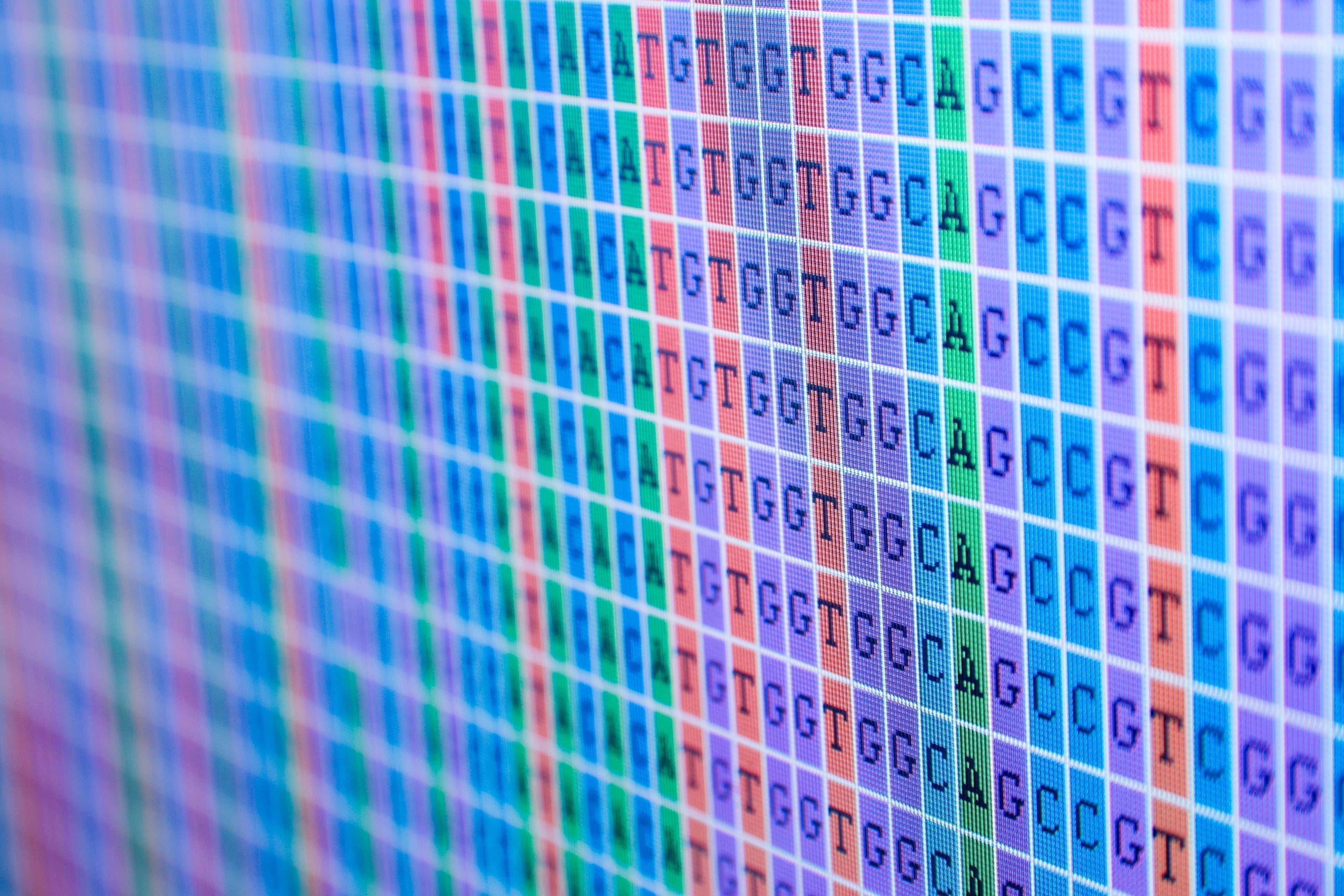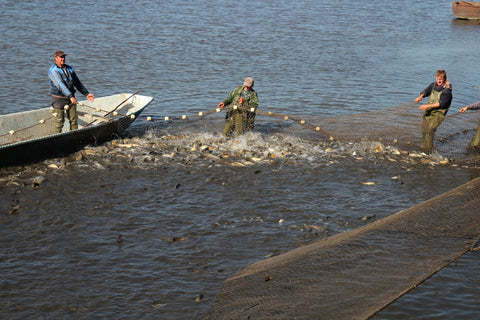Blog / Molecular Tools
How SwifTag™ Tn5 2.0 Transposase is Making NGS Simpler and Faster for Cancer Mutation Screening

1. The Sleeping Beauty (SB) Transposon System
Transposon-based mutagenesis is often used in invertebrates like Drosophila and C. elegans. However, active transposon systems that are suitable for mutagenesis in vertebrates are rare. Most systems have been shut down over evolutionary time and are now dormant. The Sleeping Beauty (SB) transposon system, discovered in salmonid fish, was inactivated by the accumulation of mutations over millions of years. In 1997, Zoltán Ivics et al. reconstructed an active form of the system, paving the way for transposon-mediated mutagenesis in mammals and other vertebrates. Since then, the SB system has been optimized and employed in a variety of gene therapy, genetic engineering and genomic applications.
2. The SB System is a Powerful Mutagenesis Tool
Forward genetic screens are a powerful way to identify genes responsible for a given phenotype. Mutations are introduced randomly into a genome, and individuals displaying the desired phenotype are selected for further analysis to identify causative mutations. Unlike chemically induced mutations, transposon induced mutations can be accurately located and identified using next gen sequencing (NGS).
Jesse Riordan and colleagues at the University of Iowa have developed a simplified and reproducible system for SB-mediated phenotypic cell-based genetic screening. States Jesse, “For our experiments, we incorporate mutagenic Sleeping Beauty transposons throughout the genome at random in a population of cells to create a genetically diverse population. Once we've got that population, we subject it to some kind of selection pressure (e.g. ability to grow in a drug that normally kills the cells). Only cells that have mutations in genes that allow them to survive the selection pressure will continue to proliferate.” DNA is isolated from the surviving cells, and NGS is then used to precisely locate the insertion sites of SB transposons in the host genome. Recurrent identification of the same loci across multiple independent samples indicates strong positive selection for mutation of those loci in whatever process is under study.
3. Tagmentation for Faster, More Efficient NGS Library Prep
While NGS has evolved dramatically over the years, library preparation is still a time-consuming and often cumbersome process. Researchers are always looking for ways to streamline and speed up library prep and make it more amenable to automation. Tagmentation is an approach that makes NGS library prep significantly more efficient.
Two steps in Illumina library prep, fragmentation and adapter ligation, are typically done separately. Fragmentation can be done physically (e.g., shearing) or enzymatically. Tagmentation is a technology that combines enzymatic fragmentation with adapter ligation, saving significant time. Tn5 transposase is first loaded with sequencing adapters. The enzyme then cleaves target DNA randomly and simultaneously ligates adapter sequences to the exposed fragment ends. Tagmented DNA is amplified using primers complementary to the adapter sequences. This step enriches for properly tagmented fragments and adds full sequencing adapters. The amplified library is purified to remove excess primers and adapters and is sent to the sequencer.
4. Tagmentation: University of Iowa Case Study
Varizymes has engineered a hyperactive form of Tn5 transposase for greater activity and stability. The enzyme, SwifTag™ Tn5 2.0 Transposase, is being routinely used in Jesse’s lab for faster NGS library prep.
“So, what we're doing during the library prep,” states Jesse, “is amplifying regions of the genome that contain Sleeping Beauty transposon/genome junctions for subsequent mapping. Previously, we used random enzymatic fragmentation, followed by blunting and adapter ligation to generate DNA fragments of optimal size for amplification. Now, we're using SwifTag Tn5 2.0 Transposase to directly incorporate our adapter sequences while simultaneously generating fragments of optimal size for amplification. This new method is simpler, has fewer steps, and appears to generate more optimal template for amplification.”

Table 1. Key characteristics of Sleeping Beauty transposon sequencing libraries prepared with enzymatic fragmentation or SwifTag Tn5 2.0 Transposase tagmentation. Two independent DNA samples were subjected to transposon-genome amplicon library prep starting with either enzymatic fragmentation followed by end repair/adapter ligation or tagmentation with 1 or 2 µL of SwifTag Tn5 2.0 transpososomes loaded with adapter oligos. Tagmentation yielded a higher mapping percentage and higher number of identified insertion sites, indicating a more optimal DNA fragment size for amplification and mapping to the reference genome. Additionally, significantly more distinct amplicons were identified for each insertion site with tagmentation, increasing experimental robustness and confidence in generated data.
Continues Jesse, “Compared to our previous enzymatic fragmentation-based workflow, incorporation of SwifTag Tn5 2.0 Transposase into the workflow significantly increased mapping efficiency, total number of sites identified, and number of distinct amplicons per site. These differences were independent of overall sequencing coverage depth, which was similar across samples. Ultimately, we were able to obtain significantly more usable data with the SwifTag Tn5 2.0 Transposase workflow using the same amount of sequencing coverage.”
5. References
Querques, I., Mades, A., Zuliani, C. et al. A highly soluble Sleeping Beauty transposase improves control of gene insertion. Nat Biotechnol 37, 1502–1512 (2019). https://doi.org/10.1038/s41587-019-0291-z
Becklin KL, Smeester BA, Moriarity BS. Cancer Gene Discovery Utilizing Sleeping Beauty Transposon Mutagenesis. Methods Mol Biol. 2019;1907:161-170. doi: 10.1007/978-1-4939-8967-6_13. PMID: 30542999.
Dupuy AJ. Transposon-based screens for cancer gene discovery in mouse models. Semin Cancer Biol. 2010 Aug;20(4):261-8. doi: 10.1016/j.semcancer.2010.05.003. Epub 2010 May 15. PMID: 20478384; PMCID: PMC2940989.
A simplified transposon mutagenesis method to perform phenotypic forward genetic screens in cultured cells Feddersen et al. BMC Genomics (2019) 20:497 https://doi.org/10.1186/s12864-019-5888-6





